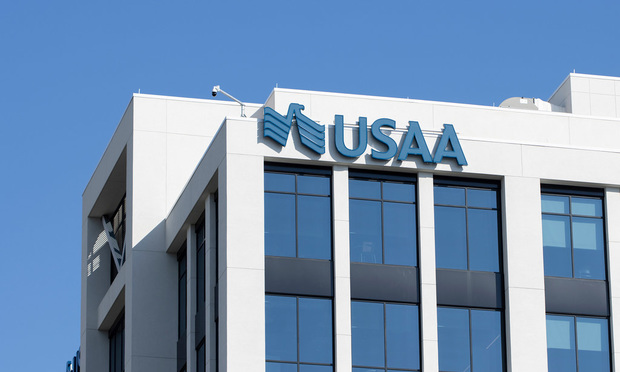Digital self-service options
"Cost is not the sole indicator of customer satisfaction in the auto insurance industry," said Robert Lajdziak, insurance practice business consultant at J.D. Power. "Low prices may attract new customers, but it's service that keeps them. The auto insurers that increase customer satisfaction across all facets of the customer experience make price just one part of the overall relationship." Related: USAA recognized for best customer experience More frequent use of digital interaction channels — particularly for monthly billing — also has played a major role in driving higher levels of satisfaction. "Customer satisfaction is at its highest when customers take care of transactions themselves and save the high-value interactions for live channels," Lajdziak said. "However, the increasing demand and use of digital self-service options is putting pressure on agents to evolve their value proposition to offer more products and services to help customers with complex needs and risks."
2018 key findings
Following are some of the key findings of the 2018 study:
- Record-high customer satisfaction breeds loyalty: Overall customer satisfaction with U.S. auto insurers improves in 2018 and is now at a record-high level of 826 (on a 1,000-point scale). This increase in customer satisfaction is inversely correlated with a decline in auto insurance shopping rates, which have reached a record low.
- Insurers delivering strong omnichannel experience: Customer satisfaction improves across all factors measured in the study, with the biggest gains in billing process and policy information (+11 points); policy offerings (+10); price (+6); and interaction (+3). The gain in the billing process and policy information factor is partly driven by increased satisfaction with electronic statements and monthly billing.
- Preference for digital interaction channels grows: Overall satisfaction tends to be highest when customers interact via a mix of online and offline methods of communication. The preference for digital forms of communication is greatest for low touch-point interactions, such as verifying payment receipt (73% digital preference); making payment (70% digital preference); and ordering proof of insurance cards (66% digital preference).
- Transparency is key when premium increases are introduced: When there is an insurer-initiated premium increase, it's important to communicate that an increase is coming. When customers are pre-notified of a premium increase, overall satisfaction is 797. When they are not notified — which happens 49% of the time — overall satisfaction drops 49 points to 748.
- Usage-based insurance programs grow significantly: Usage-based insurance programs, which leverage telematics technology to set insurance premiums based on how far and how safely a customer drives, are gaining converts. This year, 10% of insurance customers indicate participating in usage-based insurance programs, up from 8% in 2016 and 2017. While the most common reason for participating in a usage-based program is to obtain a discount, speeding alerts, vehicle tracking and driver coaching are gaining importance among customers currently using such programs.
- Interaction.
- Policy offerings.
- Price.
- Billing process and policy information.
- Claims.
Rankings by region
The 2018 customer satisfaction study also ranked auto insurers by U.S. region. The top auto insurance brand for each U.S. region, according to J.D. Power, is found in the slideshow above.
Want to continue reading?
Become a Free PropertyCasualty360 Digital Reader
Your access to unlimited PropertyCasualty360 content isn’t changing.
Once you are an ALM digital member, you’ll receive:
- Breaking insurance news and analysis, on-site and via our newsletters and custom alerts
- Weekly Insurance Speak podcast featuring exclusive interviews with industry leaders
- Educational webcasts, white papers, and ebooks from industry thought leaders
- Critical converage of the employee benefits and financial advisory markets on our other ALM sites, BenefitsPRO and ThinkAdvisor
Already have an account? Sign In Now
© 2025 ALM Global, LLC, All Rights Reserved. Request academic re-use from www.copyright.com. All other uses, submit a request to [email protected]. For more information visit Asset & Logo Licensing.








